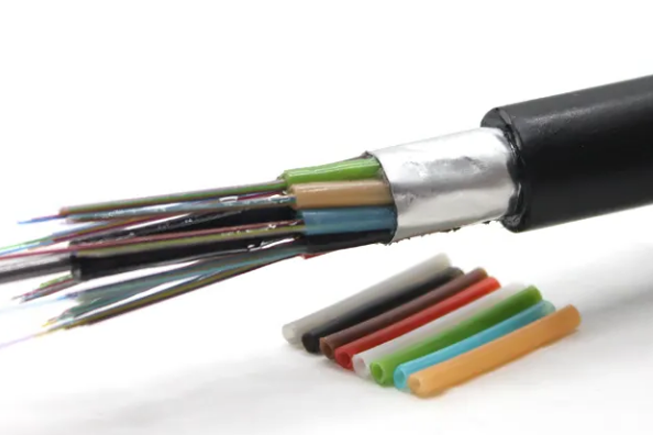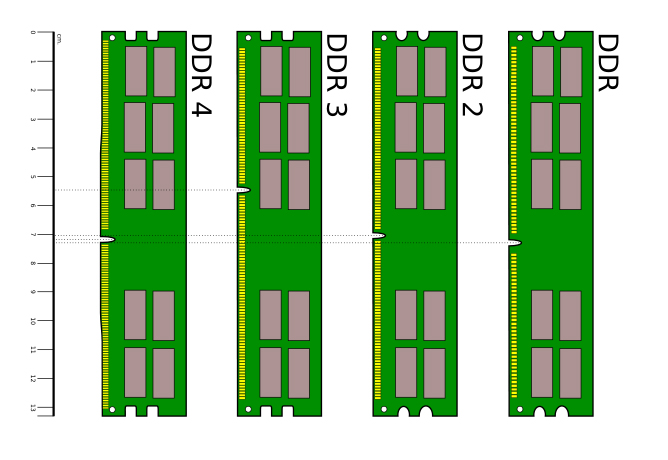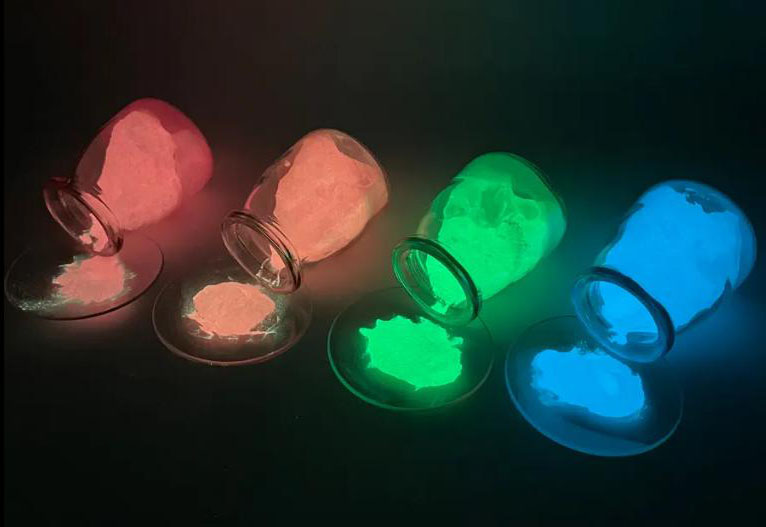
What Is a Fiber Optic Cable and How Does It Work?
1. Introduction
Fiber optic cables are a key technology in modern communication systems, enabling high-speed data transfer over long distances with minimal loss. Whether for internet connections, telecommunication networks, or even medical devices, fiber optics play a vital role in today's interconnected world. The key difference between fiber optic cables and traditional copper cables is that they use light signals instead of electrical signals, making them faster, more efficient, and capable of transmitting data over much greater distances.
In this article, we'll explain what fiber optic cables are, explore their basic structure, and discuss how they work to deliver fast and reliable data transmission.
2. What Is a Fiber Optic Cable?
A fiber optic cable is a specialized cable that uses light to transmit data. Unlike traditional copper cables, which send electrical signals, fiber optics use pulses of light, which travel through the cable at very high speeds. This makes fiber optic cables capable of handling much larger data over longer distances with far less signal loss.
The basic structure of a fiber optic cable consists of three main components: the core, the cladding, and the protective outer layer. These components work together to ensure that light signals can travel efficiently, without escaping or degrading during transmission.
Core
The core is the central part of the fiber optic cable where the light travels. It is usually made from high-quality glass or, in some cases, plastic. The core has a higher refractive index than the surrounding cladding, which allows light to be internally reflected and guided down the cable. The core is responsible for carrying the light signals from one end of the fiber to the other, ensuring that the data is transmitted at high speeds with minimal loss.
In fiber optic cables, there are two primary types of cores: single-mode and multi-mode. Single-mode fiber (SMF) has a very small core diameter, typically between 8 and 10 microns, and allows only one mode of light to pass through. This makes it ideal for long-distance communication, where low attenuation and high bandwidth are essential. Multi-mode fiber (MMF), on the other hand, has a larger core, typically between 50 and 100 microns, allowing multiple modes of light to travel through the cable. This makes it suitable for shorter distances, such as within buildings or local area networks (LANs).
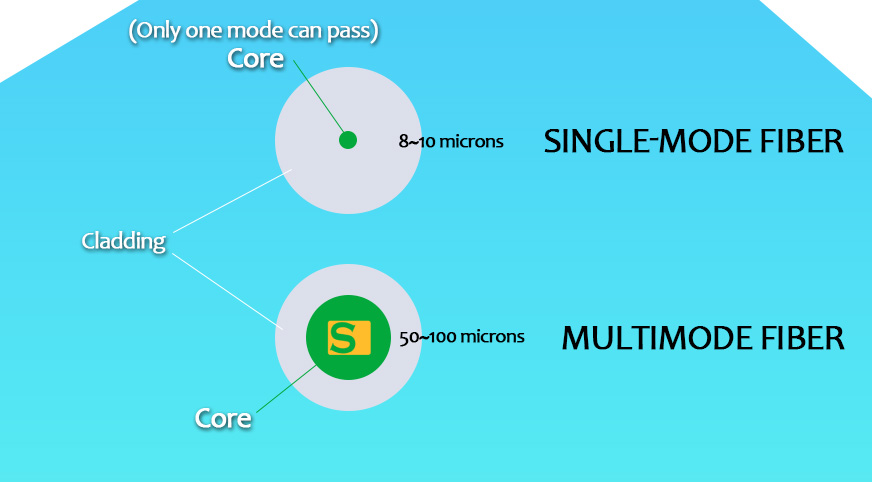
Cladding
The cladding is the layer that surrounds the core and plays a critical role in ensuring that light stays within the core during transmission. Made from glass or plastic with a lower refractive index than the core, the cladding reflects the light into the core. This reflection is achieved through a principle called total internal reflection, where light bounces off the cladding's inner surface, staying confined within the core as it travels along the cable.
The cladding allows the fiber optic cable to maintain high transmission speeds and long-distance data transfer by minimizing signal loss. Without the cladding, the light would escape from the core, leading to signal degradation and reduced performance.
Protective Outer Layer
The protective outer layer, often called the jacket, surrounds the entire fiber optic cable. This layer is typically made from durable materials such as plastic, designed to protect the fragile core and cladding from external damage. The outer layer also helps protect the cable from environmental factors like moisture, heat, and physical wear, ensuring the fiber optic cable can function optimally in various conditions.
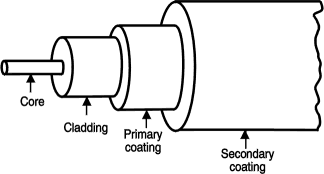
General Structure of Fiber Optic Cable. Schneider, Kenneth. Primer on Premises Data Communications.
3. How Does Fiber Optic Technology Work?
Fiber optic technology enables high-speed data transmission by using light signals instead of electrical ones. This technology works on the principle of light traveling through a core, bouncing off the inner walls, and maintaining its speed and signal integrity until it reaches its destination. Let’s break down the key mechanisms behind how fiber optics work.
Total Internal Reflection
At the heart of fiber optic technology is total internal reflection. When light enters the fiber optic cable, it is directed at an angle where it bounces off the inner walls of the core. This reflection keeps the light confined to the core of the fiber, preventing it from escaping into the cladding. The core has a higher refractive index than the cladding, so light will always reflect back into the core, as long as it hits the interface at the correct angle.
This process ensures that the light signals continue to travel down the length of the fiber optic cable without leakage, maintaining the quality and strength of the signal. By relying on total internal reflection, fiber optics can transmit light over long distances with minimal loss of signal, ensuring clear communication with very low attenuation.
Light Signal Propagation
Once the light is confined within the core through total internal reflection, it begins its journey down the length of the fiber optic cable. The light pulses represent the data being transmitted, and they travel at a very high speed through the core. The process is efficient because, unlike electrical signals in copper cables, light signals do not suffer from resistance, which causes energy loss.
However, over long distances, some signal loss is inevitable. This loss, known as attenuation, occurs due to scattering and absorption within the fiber. Despite this, fiber optic cables are designed with low attenuation, meaning the signal loss is minimal, especially when compared to traditional electrical cables. This results in higher performance over greater distances.
Additionally, fiber optic cables have a high bandwidth, meaning they can carry a large amount of data simultaneously. This makes them ideal for high-demand applications like internet connections, telecommunications, and data centers, where large volumes of information need to be transmitted quickly and without degradation.
Fiber Optic Efficiency and Speed
One of the most significant advantages of fiber optic technology is its speed. Light travels at nearly the speed of light in a vacuum, which means data can be transmitted extremely fast. Fiber optic cables, therefore, allow data to move at very high speeds over long distances. The low attenuation and high bandwidth ensure that data remains strong and fast, even over large areas.
Compared to traditional copper cables, fiber optics are far more efficient, especially for long-distance transmission. Copper cables suffer from signal degradation due to electrical resistance and electromagnetic interference, which limits their range and speed. Fiber optics, on the other hand, are immune to electromagnetic interference because they use light, not electrical signals, to transmit data. This makes them ideal for long-distance applications, such as connecting cities in a communication network or laying internet infrastructure across continents.
Fiber optic technology’s efficiency also extends to the capacity for simultaneous data transmission. Multiple channels of data can be sent at once using techniques like wavelength division multiplexing (WDM), which further enhances fiber optic cables' ability to handle massive amounts of data, far beyond the capabilities of traditional electrical cables.
4. Conclusion
In conclusion, fiber optic technology offers an advanced method for transmitting data over long distances at high speeds. Through the process of total internal reflection, light signals are efficiently guided through the core of the cable, ensuring minimal signal loss and high bandwidth. The advantages of fiber optics—such as low attenuation, high speed, and resistance to electromagnetic interference—make it the ideal choice for modern communication systems.
At Stanford Optics, we specialize in providing high-quality fiber optic components and materials that support the growth and development of optical communication systems worldwide. Whether you're looking for fiber optic cables or components for specialized applications, we are here to offer reliable solutions.

